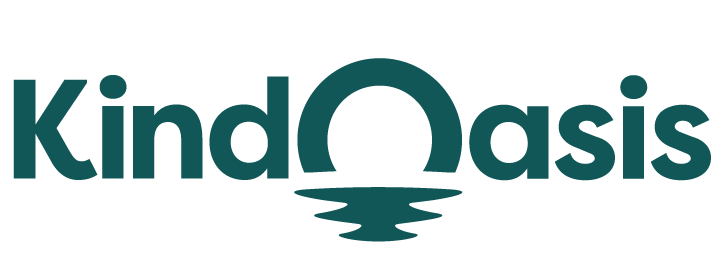How Does A Chatbot Work?
Try AI ChatbotDiscover how chatbots function, their underlying technology, and their impact on customer interactions.

Chatbots are increasingly becoming a pivotal element in customer service, automating interactions, and enhancing user experiences. How does a chatbot work? To grasp their functionality, it's essential to explore the underlying technology that powers these digital assistants. Chatbots use a combination of artificial intelligence (AI), natural language processing (NLP), and machine learning to understand and respond to user inputs effectively.
VanChat exemplifies how advanced chatbots operate. As an AI-powered pre-sales chatbot for Shopify, VanChat can handle 97% of customer queries autonomously, providing accurate information about product details, order tracking, and more. This highlights the practical application of chatbot technology in streamlining customer service and enhancing the shopping experience.
1. The Basics of Chatbot Technology
Chatbots rely on AI and NLP to interpret user queries and provide relevant responses. At the core of a chatbot's functionality is its ability to analyze and understand natural language. Boost.ai explains that chatbots use AI to parse user inputs, determine intent, and generate appropriate responses. This process involves several steps, including tokenization, entity recognition, and context analysis.
VanChat's capabilities are a testament to these technologies. By learning from your store's text, images, and videos, VanChat can offer precise responses and automate tasks such as order updates and cart management, thus demonstrating the practical use of advanced chatbot technologies.
2. Types of Chatbots
Chatbots generally fall into two categories: rule-based and AI-based. Rule-based chatbots operate on predefined scripts and are limited to specific responses based on user inputs. They work well for handling straightforward queries but may struggle with complex interactions. On the other hand, AI-based chatbots, like VanChat, use machine learning to understand and learn from conversations, providing more flexible and intelligent interactions. Mindtitan provides a detailed guide on the different types of chatbots and their operational mechanisms.
VanChat's AI-powered approach exemplifies the capabilities of modern chatbots by continuously learning and adapting from user interactions, which enhances its ability to handle a wide range of queries and provide personalized recommendations.
3. How Chatbots Process User Input
When a user interacts with a chatbot, the system processes the input using NLP techniques. This involves breaking down the text into manageable components and analyzing it to determine the user's intent. Marutitech outlines the architectural components involved in this process, including text analysis, intent recognition, and response generation.
VanChat leverages these technologies to understand user needs accurately and respond with relevant information. For instance, it can answer questions about product comparisons and sizing based on its understanding of the user's query, which is essential for providing a seamless shopping experience.
4. The Role of Machine Learning in Chatbots
Machine learning plays a significant role in enhancing chatbot capabilities. By continuously learning from interactions, chatbots can improve their accuracy and adapt to new user needs. This learning process involves updating the model based on new data and interactions. IBM explains how machine learning algorithms are used to refine chatbot responses and enhance their overall performance.
VanChat exemplifies the benefits of machine learning by offering personalized product recommendations and timely discount reminders. Its ability to analyze user behavior and past interactions allows it to make accurate suggestions and enhance the overall shopping experience.
5. The Benefits of Chatbots for Businesses
Chatbots offer several advantages for businesses, including 24/7 customer support, reduced operational costs, and improved customer satisfaction. By automating routine tasks and providing instant responses, chatbots can significantly enhance the efficiency of customer service operations. MindTitan highlights how chatbots can be used to handle a high volume of queries efficiently and provide consistent service.
VanChat's integration into Shopify stores illustrates these benefits by providing real-time, interactive support that boosts sales and improves user engagement. Its proactive sales features, such as sending discount reminders and suggesting best-selling products, further showcase how chatbots can drive business growth.
Conclusion
Understanding how chatbots work involves exploring their use of AI, NLP, and machine learning technologies. These systems are designed to process user inputs, understand intent, and provide relevant responses, enhancing both customer service and operational efficiency. VanChat demonstrates the advanced capabilities of modern chatbots by offering precise, automated responses and personalized recommendations, illustrating the practical application of these technologies in enhancing user experiences and driving business success.





